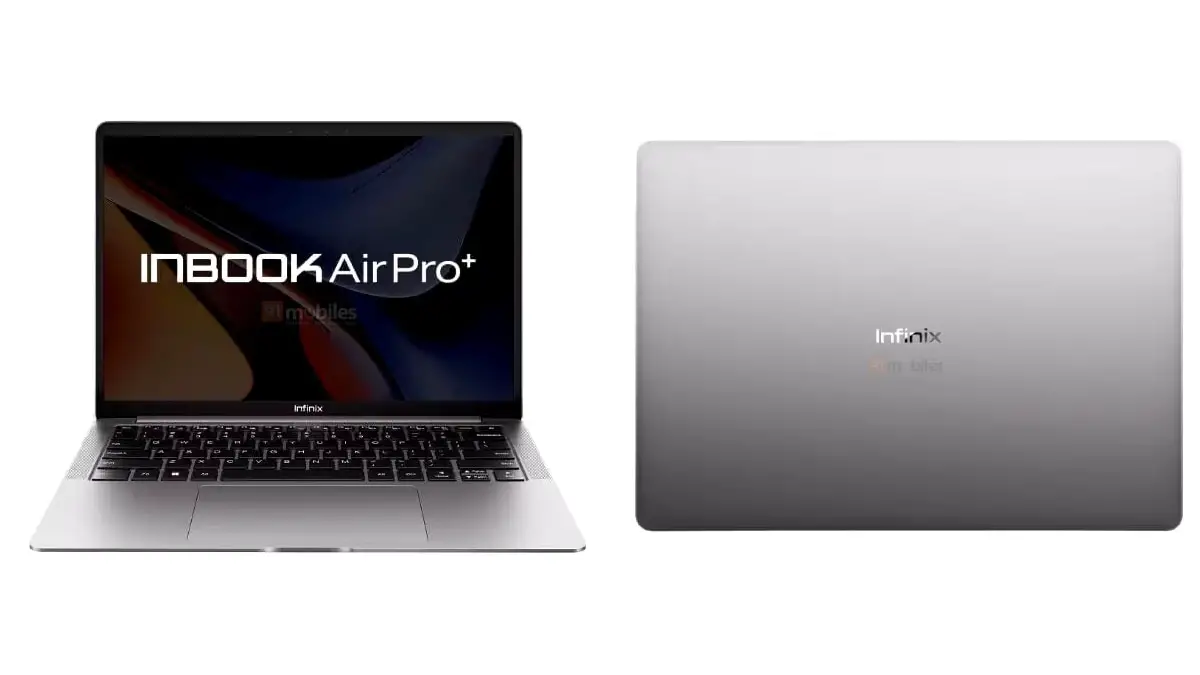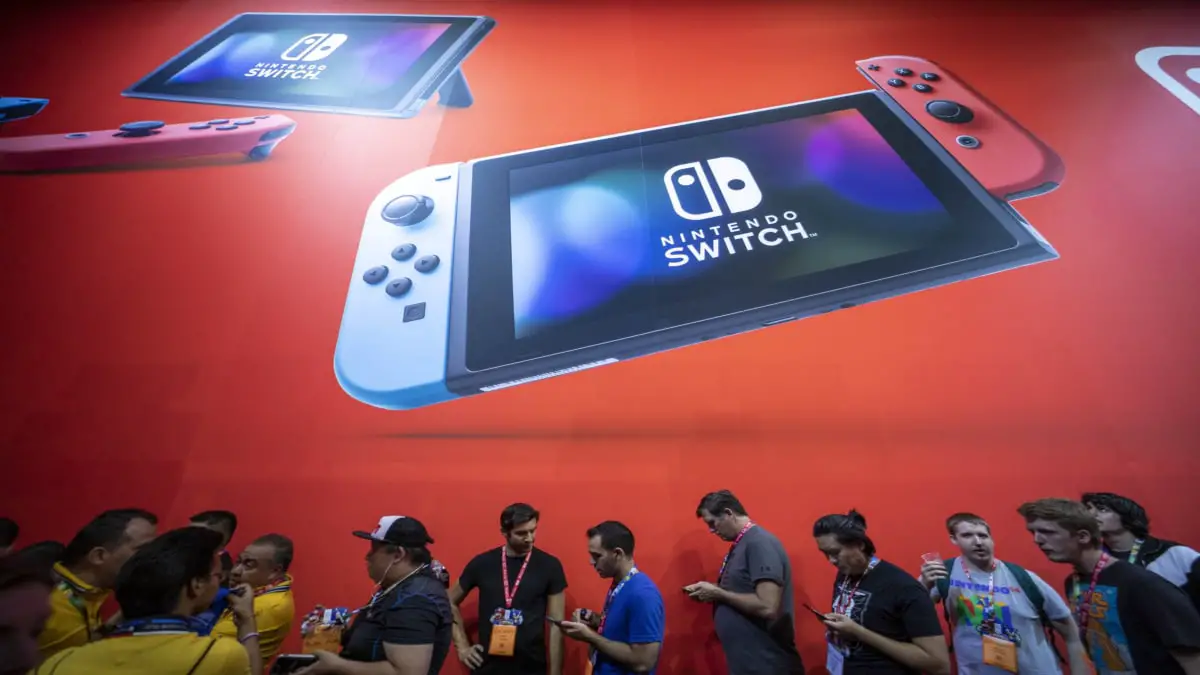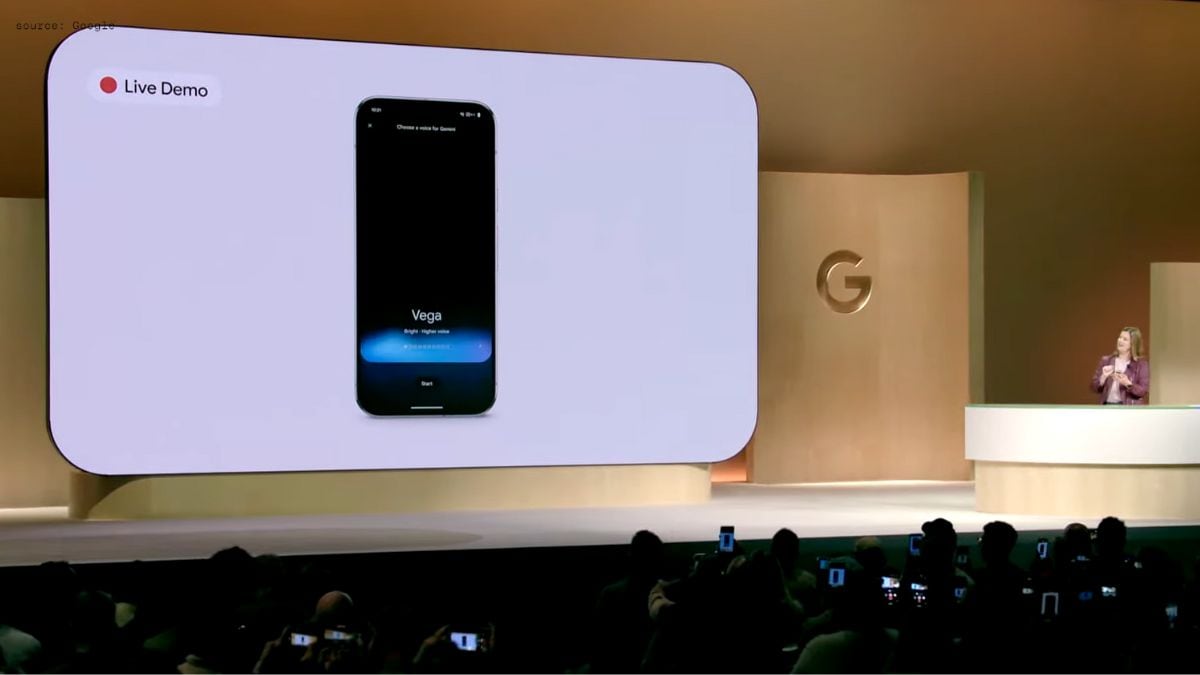On Tuesday at its Made by Google event, Google announced that the new Pixel 9 line is coming to India. The news also finds the company’s new foldable launching in the world’s second largest smartphone market for the first time.
Google is expanding its sales channels in the country by partnering with two offline retail chains — Tata Group-owned Croma and Reliance’s retail subsidiary Reliance Digital — alongside its long-standing online partner Flipkart. It also introduced three walk-in service centers to improve after-sales.
However, significant challenges remain for the Android maker, which currently has less than 1% share in India.
The Pixel 9 news arrives as premium product sales are growing in India, at the expense of their low-end counterparts. Apple has been a significant beneficiary of this trend. The Cupertino company dominated the Indian smartphone market’s super-premium segment ($800+) with 83% year-on-year growth, per IDC.
Google is targeting the segment with the Pixel 9 series, which begins at 79,999 Indian rupees (~$950) for the regular Pixel 9. The line tops out at 172,999 Indian rupees (~$2,060) for the Pixel 9 Pro Fold. The iPhone 15, meanwhile, currently starts at 79,600 Indian rupees (~$950) for the base iPhone 15 and goes for as much as 193,500 (~$2,300) for the iPhone 15 Pro Max.
The story so far
Google has been selling its Pixel phones in India for quite some time, though it only recently started focusing on the country.
According to IDC data shared exclusively with TechCrunch, Google’s smartphone shipments in India grew over 1,300% to 665,000 units in 2023, up from 47,000 units in 2020. However, the company’s overall market share remained minimal at 0.5%. The affordable Pixel A series has dominated Google’s sales, with a 65% share in 2023.
Still, even the less expensive Pixel A series isn’t a mainstream device in the country, with the Pixel 8a starting at 52,999 Indian rupees (~$630). The entry-premium ($200-$400) segment leads the Indian market with a 30% share, per the analyst firm.
Data from Counterpoint Research backs up IDC findings, with the Pixel smartphone range capturing a 1% share in India’s premium segment, with a 0.25% share in the overall smartphone market.
Counterpoint’s analysis shows the Pixel A series accounted for 73% of Google’s entire smartphone shipments in India in 2023.
“This series has helped Google expand its reach in the country,” Tarun Pathak, research director at Counterpoint, told TechCrunch. “Its affordability enabled Google to tap into a broader audience.”
“Huge high-decibel marketing spending” needed
For the last few months, Google has widened its India footprint. The company started assembling the Pixel 8 smartphones locally to appeal to the Indian government, which actively pushes brands to help make the South Asian nation a global manufacturing hub. Google’s expansion of its sales channels and after-sales in the country are also key.
Nevertheless, market experts believe Google needs to spend much more money in India to improve its go-to-market and compete with the likes of Apple and Samsung.
“The premium end of the market is seeing healthy growth, driven mainly by Apple, but it sure is evidence of a small but growing segment of consumers who have the appetite to spend. Google would like to take some share from this segment with its camera capabilities and AI-focused OS. Of course, this would need huge high-decibel marketing spending to gain a meaningful market share and consumer mindshare,” Navkendar Singh, associate vice president at IDC, told TechCrunch.
Singh added that Google needs to expand its sales channels to broaden its consumer base in the country, where online transactions constitute a single-digit percentage of retail sales.
“Only online and limited offline presence is not a viable long-term strategy in India, where consumers still feel the need to touch and feel the devices, especially in the premium segment,” he said. “Google has to make inroads in the offline channel to appeal to Samsung A series and S series consumers in the premium retail stores in India’s top 20-30 cities.”
Analysts believe that Google’s decision to begin with the two initial offline channels, alongside its online exclusivity with Flipkart, may help the smartphone vendor somewhat.
“With this multichannel approach, we can anticipate increased growth and adoption,” Pathak of Counterpoint said.
Counterpoint forecasts the Pixel series to remain below 1% share in India, with the Pixel A models continuing to drive Google’s growth.
The primary reason for Google to continue to have minimal interest from buyers in India is its pricing.
“This is not great pricing,” asserted Singh. “Absolutely out of sync. It seems Google wants to keep their margins.”
Google also offers a bunch of AI features on its new Pixel phones to attract customers. However, Singh believed consumers are not making a choice based on AI features or holding off purchases for such features.
“In the medium to longer term, AI features will play an important role in purchase pull, especially in the premium segment, more so if and when Apple decides to bring AI on-device to its iPhone,” he said.







